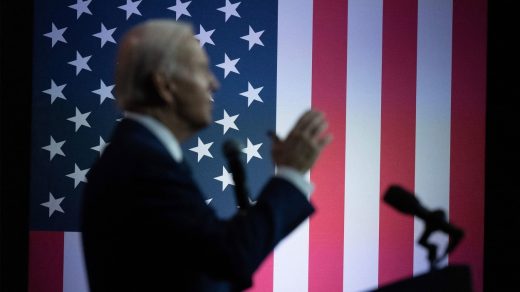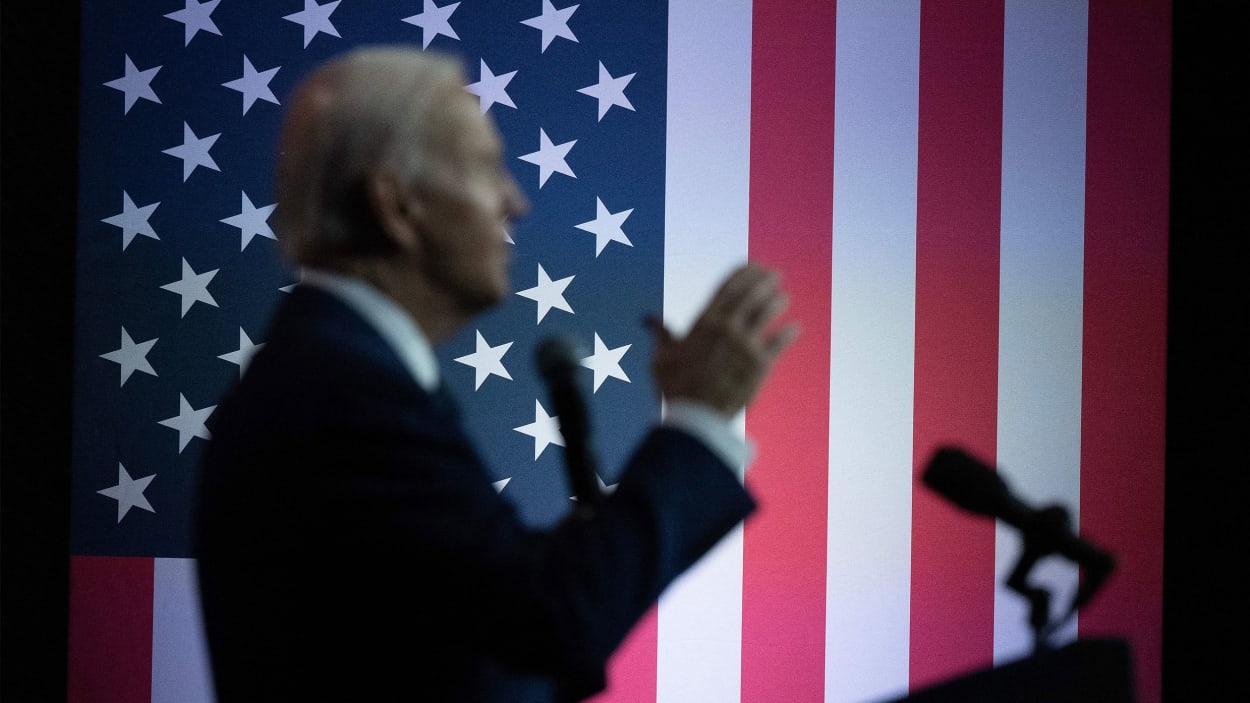Why the debt ceiling showdown is more dire than you might think
The debt-ceiling crisis is upon us. While White House and congressional Republicans are engaged in backroom negotiations over resolving the standoff and lifting the debt ceiling, JPMorgan Chase CEO Jamie Dimon says his bank has set up a war room to game out the crisis, and warned it would be “potentially catastrophic” if a deal isn’t reached. Treasury Secretary Janet Yellen has been warning of impending disaster for months. And the interest rates on short-term Treasury bonds have spiked, suggesting that bondholders are worried about the prospect of the U.S. defaulting.
There’s something odd about the turmoil, though: The stock market has shown no signs at all of concern. The VIX, which is sometimes called the fear index because it measures the market’s expectations over volatility over the next thirty days, has been trending lower, not higher. And the S&P 500 has shown no signs of anxiety: It’s currently near a six month high. Potential catastrophe may be looming, but stock-market investors don’t think there’s any real chance it’ll happen.
In one sense, this isn’t surprising. Congress has never refused to raise the debt limit before. The consequences of the United States defaulting on its debt would be so grim that it’s reasonable to assume that in the end, the White House and congressional Republicans will find a compromise. And even if they don’t, there are potential workarounds the Treasury Department could use to avoid default, at least in the short term. So a peaceful resolution to the crisis is certainly the most likely outcome.
For all that, though, investors may be underestimating the risk of things going wrong. The fundamental problem at the moment is that the White House and House Republicans do not really share the same incentives. Republicans care most about cutting (or at least slowing the growth of) spending. And they see only mild incentives to bargain. After all, they’re not up for election for a year and a half, and even if failing to raise the debt limit would produce an economic downturn, that would do more political damage to the party in the White House.
You could see the extreme version of this position Wednesday night, when Donald Trump actually recommended that Republicans let the U.S. default, even though that would throw the bond market into chaos, and, since U.S. Treasuries have historically been considered the world’s safest and most liquid assets, would lead to sell-offs into other financial markets, sharp increases in the cost of credit, and a deep recession.
The Biden administration, for its part, is willing to bargain on certain issues—reports are that White House and congressional staffers are talking about speeding up the permitting process for infrastructure projects, and making it easier for the government to claw back unspent COVID aid. But it has no interest in acceding to the core Republican demand—spending caps that would sharply reduce the growth in discretionary government spending, including most social programs.
Nor does it want to reward Republicans for, in effect, taking the well-being of the U.S. economy hostage by preventing the government from paying its bills. Caving to Republicans would allow them to push through spending cuts they’d have no way of achieving through the normal legislative process, which would set an unwelcome precedent.
It’s true that even if a compromise can’t be reached, there are potential workarounds the Treasury Department could use to stave off default, which the Congressional Budget Office warned Friday could come as early as the first half of June. And investors reasonably assume that if push comes to shove, Yellen will adopt one of those. The most obvious short-term solution would be what’s called debt prioritization. That would involve the Treasury using tax revenue to keep paying interest on the debt and continue making Social Security payments, while slashing other federal spending.
This solution would avert default. But it would entail cutting other federal spending—including on things like food stamps, Medicaid, public safety, and perhaps even national defense—by at least 25% to 35%. The White House obviously doesn’t want to do this, and it would almost certainly throw the economy into recession if it lasted for any period of time. That would not be a good outcome for the market.
There are also more dramatic solutions. The Treasury could mint what’s often called a trillion-dollar coin and deposit it with the Federal Reserve, giving it an extra trillion in buying power. It could raise money by issuing interest-only bonds, which, because the principal would never have to be paid back, wouldn’t count against the debt limit. Or, as some legal scholars have suggested, Biden could simply ignore the debt limit by invoking the 14th amendment, which says that the U.S’s public debt “shall not be questioned.”
Any of these would be better than defaulting. And each would have the virtue of underscoring the fundamental absurdity of Congress authorizing spending but then refusing to allow the Treasury Department to pay for that spending. Nevertheless, while these options might avert a crisis in the short term, they’d also be immediately challenged in court, which in turn would create the kind of uncertainty that’s usually very bad for markets.
The point is that a market-friendly resolution to this standoff is almost certainly going to require a compromise between the White House and House Republicans. And while the most likely outcome is that the two sides in this game of chicken will both swerve, the reality is that the two sides are not equally invested in doing so. In fact, as Trump’s statement the other night tells us, at least some Republicans think a crash might not be so bad. And that, in turn, makes a crash more likely.
You don’t have to go back too far in history to find an example of Congress choosing a strategy that was disastrous for the markets. During the financial crisis of 2008, the House rejected the TARP bailout plan the first time around, and it was only after that rejection provoked a massive stock-market sell-off, with the S&P falling more than 7%, that it reconsidered and passed the bill. So while cooler heads will likely prevail in the end, it may take some pain to make it happen.
(18)



